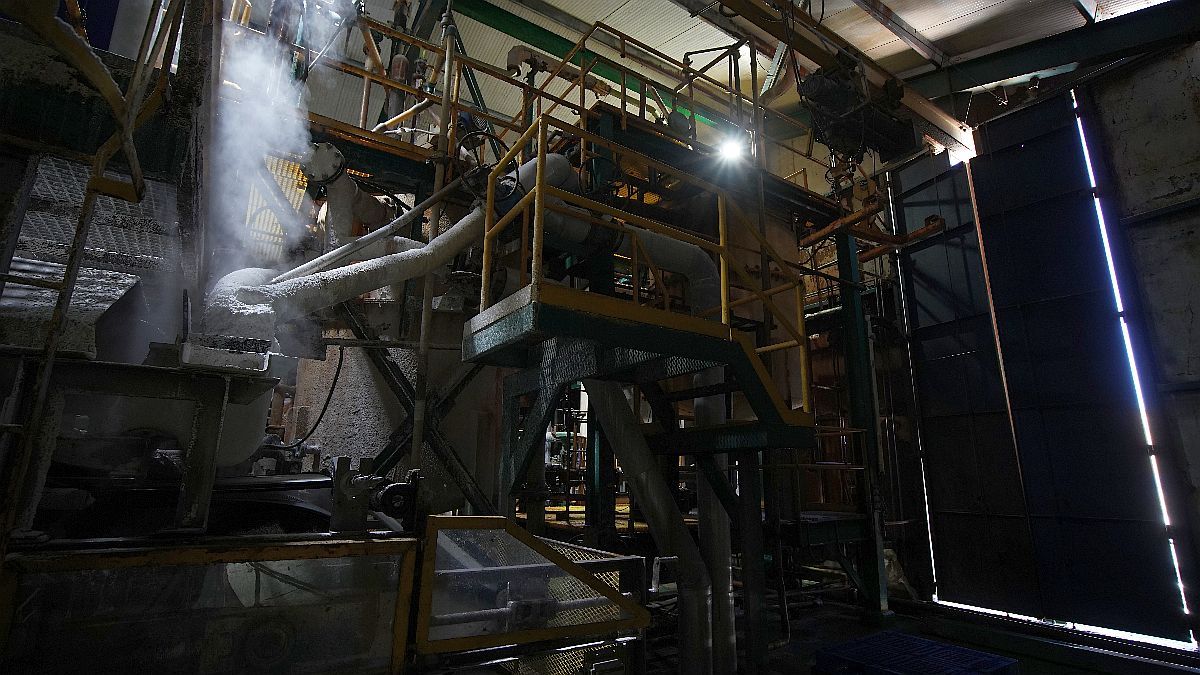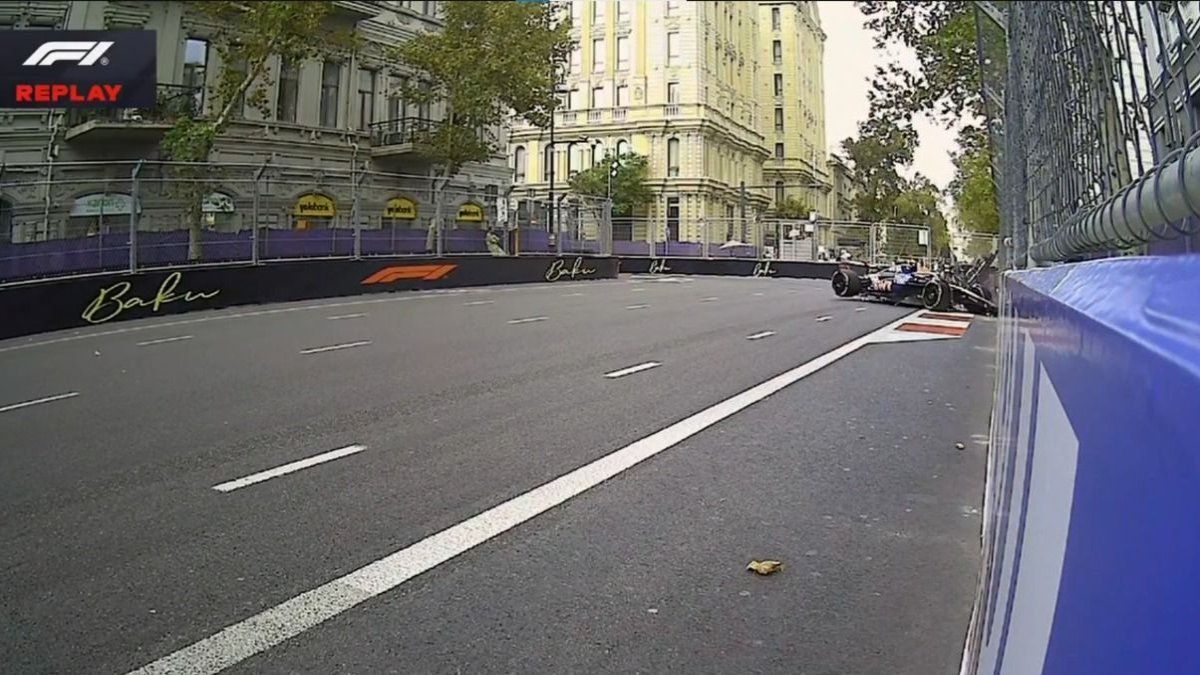This idea is collected by the systemic consultant, whose director is Federico Poliin your latest report. In that sense, it defines that the “exchange overvaluation” aggravates the high “Argentine cost”, Which includes Labor costsof litigation, Tax, Logisticsas well as those linked to the absence of financingamong others. “In addition to the commercial opening, The combo is very harmful to the tradable sector”, Warns the entity.
The cheap dollar rises to the increase in industrial costs
What was the increase in industrial costs for 2024? The systemic index estimated an increase in 8.9%measured in dollars. The rise in this indicator began with the implementation of the “Crawling Peg” at the end of 2023 and reached its highest point in June (rises of 12.4% in the first semester).
For the second half of the year The descent was -3.1%a fall that did not compensate for the rise of the first semester and that was linked to the “strong import opening and industry price pressure (Drafting supplies and components for greater access to imports and substitution of local production by foreigner), ”says the consultant.
For its part, in the first quarter of 2025 (Under the implementation of the reduction of “Crawling PEG” from 2% to 1% monthly) an increase in the 2.5% in industrial costswith increases in almost all cost components and, especially, in labor.
09469DFA-5200-45DF-AB87-AE712CB6CED3.jpeg
Agostina Monti Salíasproductive development specialist, indicates that Argentina is one of the countries that has “Greater fiscal pressure on the formal sector”. In turn, it suffers the lack of financing, which represents 6% on GDP, when in the rest of the region That percentage is around 60%.
In addition, for the specialist one shows a “Great lack of logistics infrastructure” where the cost is “Quite superior” to the average Latin America, around 43%. “If the exchange and low barriers are added to all this, it is very difficult to compete with companies,” Monti Salías analyzes.
Import opening, low prices?
Along the same lines, systemic highlights that companies are going through a scenario where the trend points to a relaxation of tariffs and barriers “generalized and not selective “that’s why the effect of the opening can “Do not contribute to increasing competitiveness via input costs”while “exposes companies to significant losses of ‘Market Share’ ”in the domestic market.
On the slowdown in inflation regarding the entry of imported products, the consultant states that the scenario of “Advanced prices” could have been seen in 2023 with “Excessive margins”but that were disappearing for absorbing costs without transferring them at a price.
“There may be specific sectors that, in the face of a demand that is retracted, can make price reductions; however, we do not expect it to be a phenomenon that place the economy on a deflation path. Only in an economy in depression a scenario of that type could be expected “says systemic, led by who occupies, in turn, the position of executive director of the SME Observatory.
The signaling is shared by Monti Salías, who ensures that some companies can reduce margins to continue competing, but “It is not the case of the majority.”
“Many prices probably cannot be lowered if this type of costs are still maintained for companies. Today the issue of margins is a central discussion ”alerts the specialist in productive development.
Also, from business entities, in tune with the yellow lights indicated by the report, they also celebrate The elimination of export rights of 88% of industrial products.
The measure assumes that 4,411 Products will not have to pay withholdings between 3% and 4.5% on the value of merchandise. It is an initiative that will initially benefit 3,580 companies, almost 40% of those that export in Argentina.
New head of the UIA in search of the first meeting with Caputo
The announcement was well received by the dome of the Argentine Industrial Union (UIA). Rappallini assumed and threw a center. It is a good sign to start with good news, ”says a source to this medium.
Within that framework, the entity takes the opportunity to reinforce its historic agenda: with an exchange rate that is expected away from volatility, they insist on the decline in the tax burden and improve productivity.
“No entrepreneur in any product has a net profit of 50% as the State has, when you buy something almost half are taxes”they explain from the inside.
The sum of the logistics, tax and exchange factor mainly make up the Argentine cost, a phenomenon that, according to systemic warns, promotes not only SMEs, but also to transnational companies to reduce or abandon production in the country.
A representative of the national business sector agrees with this point, but clarifies that foreign companies that decide to retire “They made the decision during the previous government”that take advantage of the exchange flexibility that this management proposed to withdraw and clean the balance.
Of all this will seek to talk Martín Rappallini, brand new head of the UIAwith Minister Caputo. Anyway, the meetings with part of the cabinet have already begun. For example, Rappallini already had an approximation with the chief of cabinet, Guillermo Francos. In turn, he also headed his first committee within the UIA where he raised first guidelines for his management within the entity.
Source: Ambito




